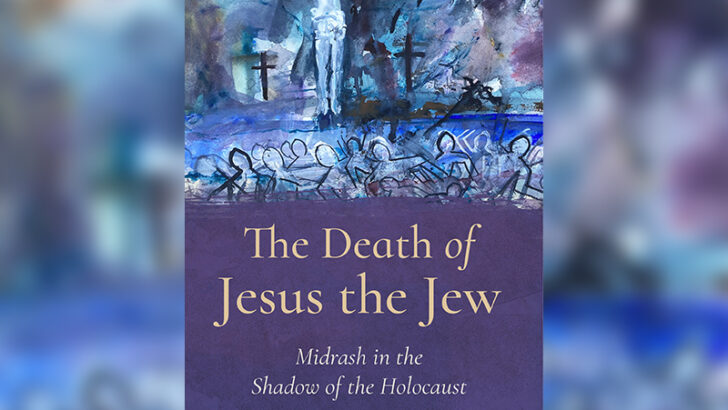The Death of Jesus: Midrash in the Shadow of the Holocaust
by Peter Keenan (Columba Books, €12.99/£10.99)
This book is a continuation of the researches that Peter Keenan began to issue through the same publisher in 2021. In a review in these pages back then I felt that despite the deployment of much new information and unusual viewpoints the book did not come close to the historical reality.
I feel the same about this new title. Despite many scholarly references it is essentially misleading. History, indeed any critical enquiry, requires evidence. When, as in these books, evidence can be shaped, even created to one’s own specification, it makes all such work a great deal easier to do. But alas historians have to make use of evidence that they cannot shape in quite such a useful way.
Essentially the technique of Midrash, which Keenan calls upon, belongs to a much later period than the creation of the first apostolic documents. Though these were, in their original oral and primitive written forms (which remain perplexing as they do not survive), the Gospels are not Hebrew documents, but documents in common Greek. Accounts in Hebrew would have had a limited circulation. Documents in Greek, then the universal language of scholarship and culture across the Mediterranean world, would have had wide circulation.
The manner in which early Christians focused on Rome and built associations within the Empire, speak towards the emergence of the institutional structure that became the Church. There were developments in the Middle East and later other parts of Asia and Africa that moved in other directions.
The key matter about the death of Jesus is why Jesus died. The Jews legally, as a Roman vassal people were unable to execute anyone. Jesus could only be put to death by the power of the governor, Pontius Pilate.
Keenan sees Jesus being put to death as a criminal; but the titulus pinned at the head of the Cross stated clearly that his crime was a claim to be “King of the Jews”. This was a political crime in the eyes of the Romans; though it connects with the genealogy which the authors of Matthew give Jesus (Matthew, 1; 1-14; Luke: 4-5).
The theme of Jesus’ royal descent is put aside by Peter Keenan. While many scholars have puzzled over this matter, to simply ignore the question provides a useful strategy for a writer.
But Keenan’s main aim is to cast all the real emphasis of his book on the theme of anti-Semitism and its consequences, as developed later by the National Socialist Workers Party of Germany led by Hitler, so that the horrors of the Shoa will never be forgotten.
But the campaign of Hitler began back in 20s with his book My Struggle. This book sold immense number of copies in its English language edition alone, so that by the time Hitler came to power no-one in these islands at least could be in any doubt of his intention to cleanse Germany, and indeed Europe, from all taint of “degeneration”, mental, physical, social, artistic, religious. There were degenerates everywhere in his eyes. Indeed, the Irish by not being truly Aryan were to be numbered among the degenerates.
None of this should ever be forgotten. On that matter Peter Keenan’s campaign is important and should be admired. But his books nevertheless reduce Jesus the Jew to a victim who was executed as a criminal and cast into a common grave, his remains ever after unverifiable, impossible of resurrection. He generally pushes aside the largest part of what Christians claim to believe.
By all means read The Death of Jesus the Jew, but with a lively critical spirit.


 Peter Costello
Peter Costello
